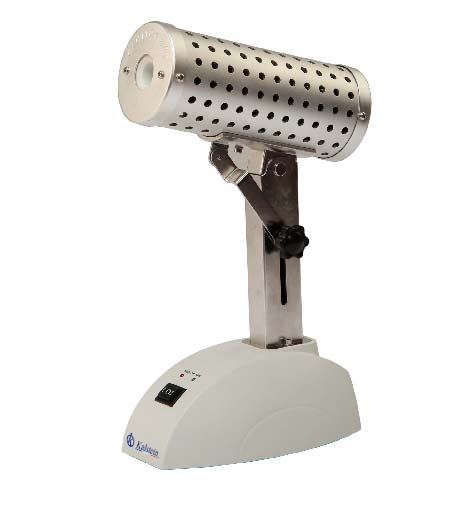Biochemistry laboratories are spaces where various investigations are performed to analyze the composition, structure and function of metabolic processes. For this, specific elements are required to help the work and the selection of devices and equipment helps to maintain the functionality of the laboratory.
One of the main equipment in a biochemistry laboratory is the electrical incinerator, which is a device used to dispose of biologically contaminated material. This equipment has a wide variety of characteristics and factors for its selection depending on the work and the area where it is located. The following will explain the main factors to consider when purchasing an electric incinerator for a biochemistry laboratory.
Volume and processing capacity
The internal volume and the processing capacity of the material loads are two fundamental factors since one depends on the other. This is because if the internal volume is too small for the size of the load to be disposed of, it means that the electric incinerator will have a lower processing capacity. On the other hand, if the volume is too large for the quantity to be disposed of, it means that costs will increase. To determine these factors, the organization must determine the amount of waste the incinerator will need to process, the estimated processing time and the size of the materials.
Kalstein as a manufacturing company we make sure to cover all your needs and satisfy the demands of your laboratory, reminding you that we are manufacturers, we have the best price, sales consultants in any window of the world, know our bacticinerators HERE.
Type of sterilizers
Electric incinerators are generally fueled by one or more of three types of fuel: natural gas, propane gas or electronics. Fuel selection varies depending on the area, where more power is needed, size of the load and type of materials to be incinerated. Another factor to consider is the cost of the fuel, as in the case of fossil fuels, which is relatively more expensive than electricity. Therefore, if the incinerator is used in an area with a good supply of electricity and an uninterruptible supply, its use is recommended to avoid the higher costs.
Glass bead sterilizers are a fast, easy and accurate alternative to traditional sterilization methods. Once switched on, the units are ready for use within 25 minutes and ensure total sterilization by destroying all microorganisms within 10 seconds.
The glass bead sterilizers are incorporated with an imported thermostat, which heats to the highest temperature with 300 in 25 m, these units with a stainless steel body, are compact enough to be placed on any laminar air flow workbench or any other workbench in a clean room environment.
The bacti-cinerator sterilizer YR05323 sterilizes microorganisms using infrared heat produced by a central ceramic element. The ceramic element is asbestos-free and ensures maximum sterility without splashing on the work surface. Complete sterilization occurs within 5-7 seconds at the optimum sterilization temperature of 1500ºF (815.6ºC).
The small size makes the bacti-cinerator sterilizer an ideal instrument for anaerobic and aerobic chambers alike. Several easy-to-use accessories are also available for the bacti-cinerator sterilizer.
Smoke formation considerations
Electric incinerators are regulated by building codes and safety standards, so they must meet a number of basic standards to minimize the impact of smoke. These include air flow, temperature control and combustion methods. These factors should be considered when purchasing an incinerator as they can be critical to the safety of the area and the waste disposed of.
In conclusion, when selecting an electric incinerator for a biochemistry laboratory there are several factors to consider. These include internal volume, material processing capacity, fuel type, and smoke mitigation. Providing the right factors will help to have an efficient and safe electric incinerator to dispose of biologically contaminated material while meeting building codes and safety standards.

